How wrong they all were. Anne did succeed, she gave birth to one of our country greatest monarchs, Elizabeth I, born this day in 1533.
Elizabeth arrived at 3 o’clock in the afternoon, but the birth of a daughter was not what the Tudor dynasty needed or what it was expecting, and this can be seen clearly in the announcement of Elizabeth's birth.
"Right trustie and welbiloved, we grete you well. And where as it hath pleased the goodnes of Almightie God, of his infynite marcie and grace, to sende unto us, at this tyme, good spede, in the delyveraunce and bringing furthe of a Princes, to the great joye, rejoyce, and inward comforte of my Lorde, us, and all his good and loving subjectes of this his realme....."
Not the male heir Henry desired but Elizabeth turned out to be spirited, feisty and intelligent and showed all the signs of the great queen she would later be.
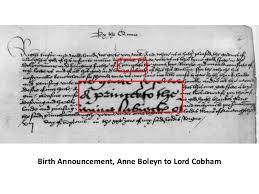
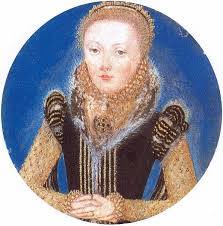
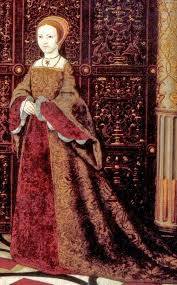
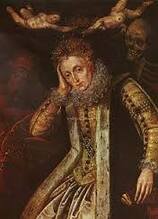
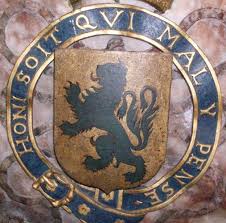

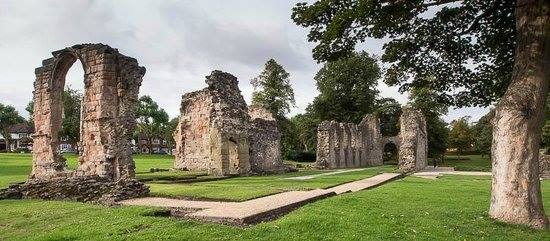
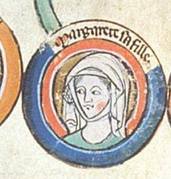
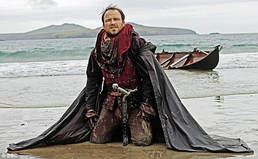
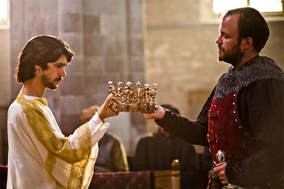
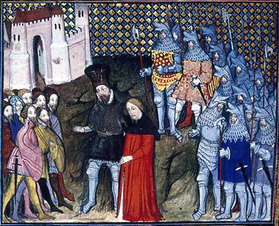
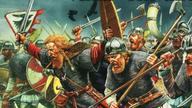
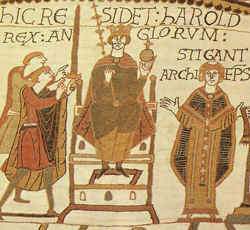
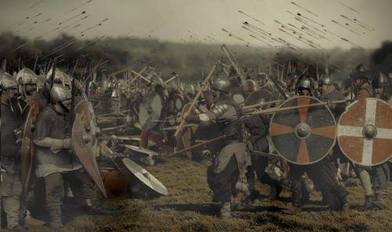
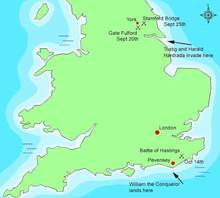
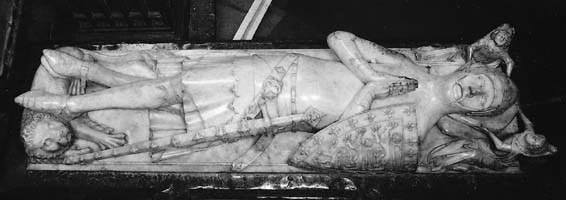
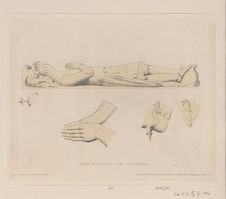
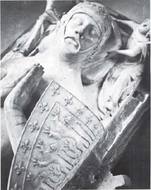
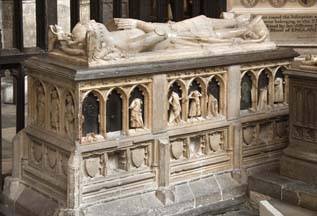
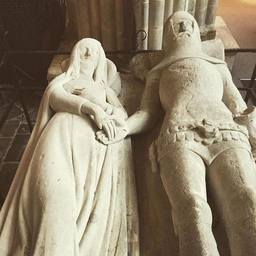
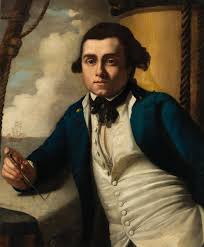
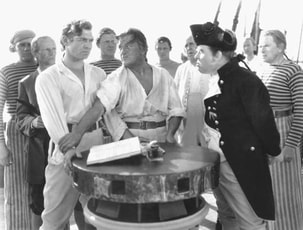
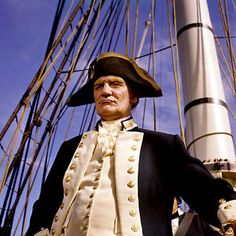
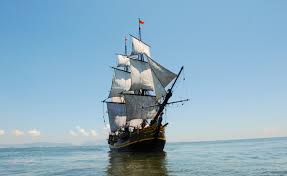
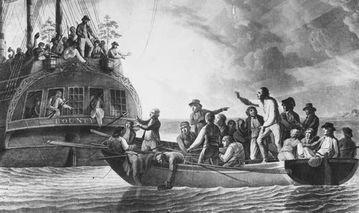
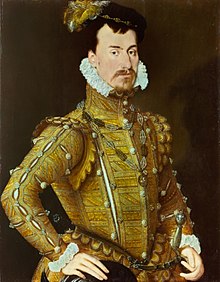
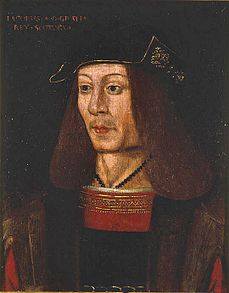

 RSS Feed
RSS Feed
